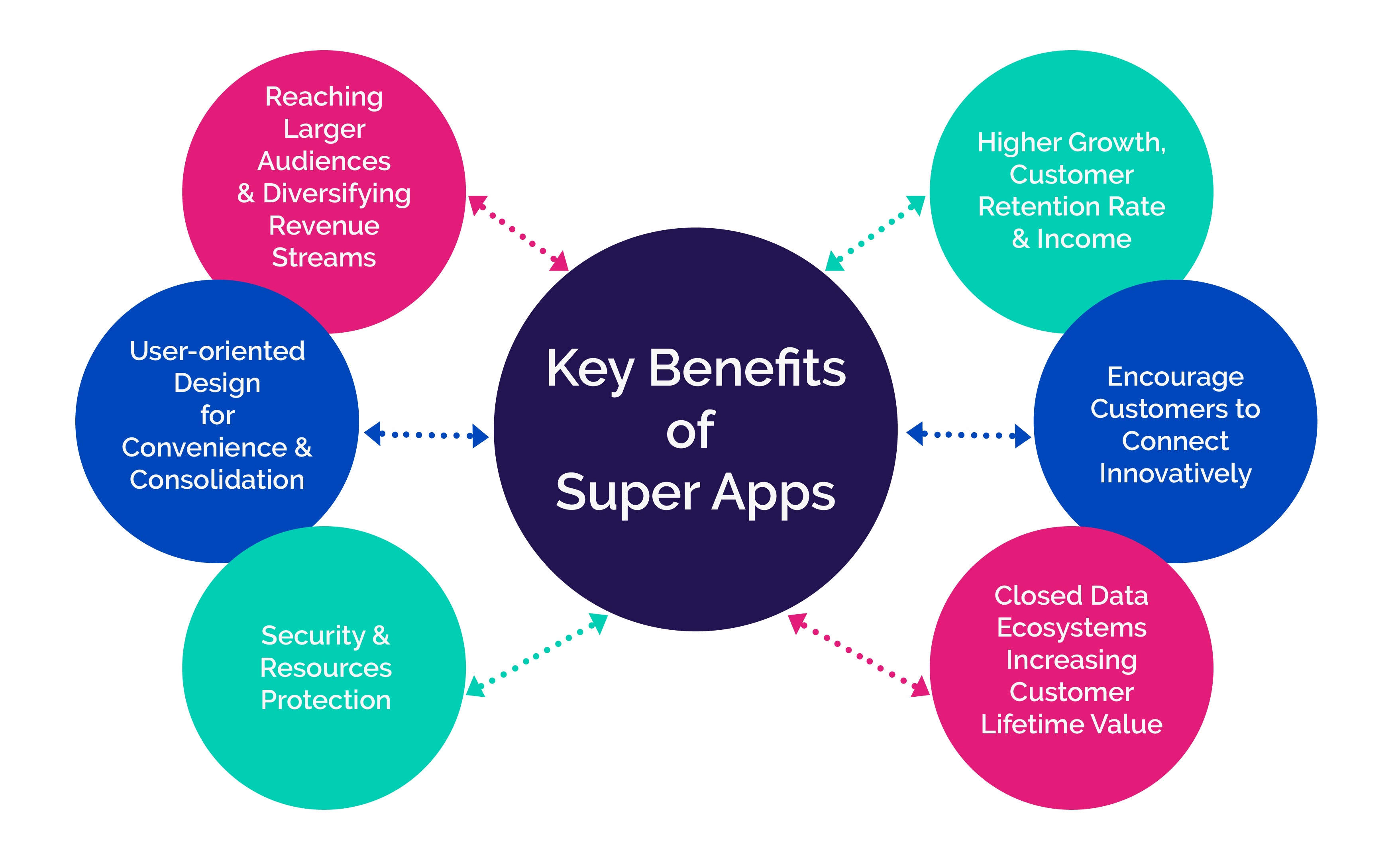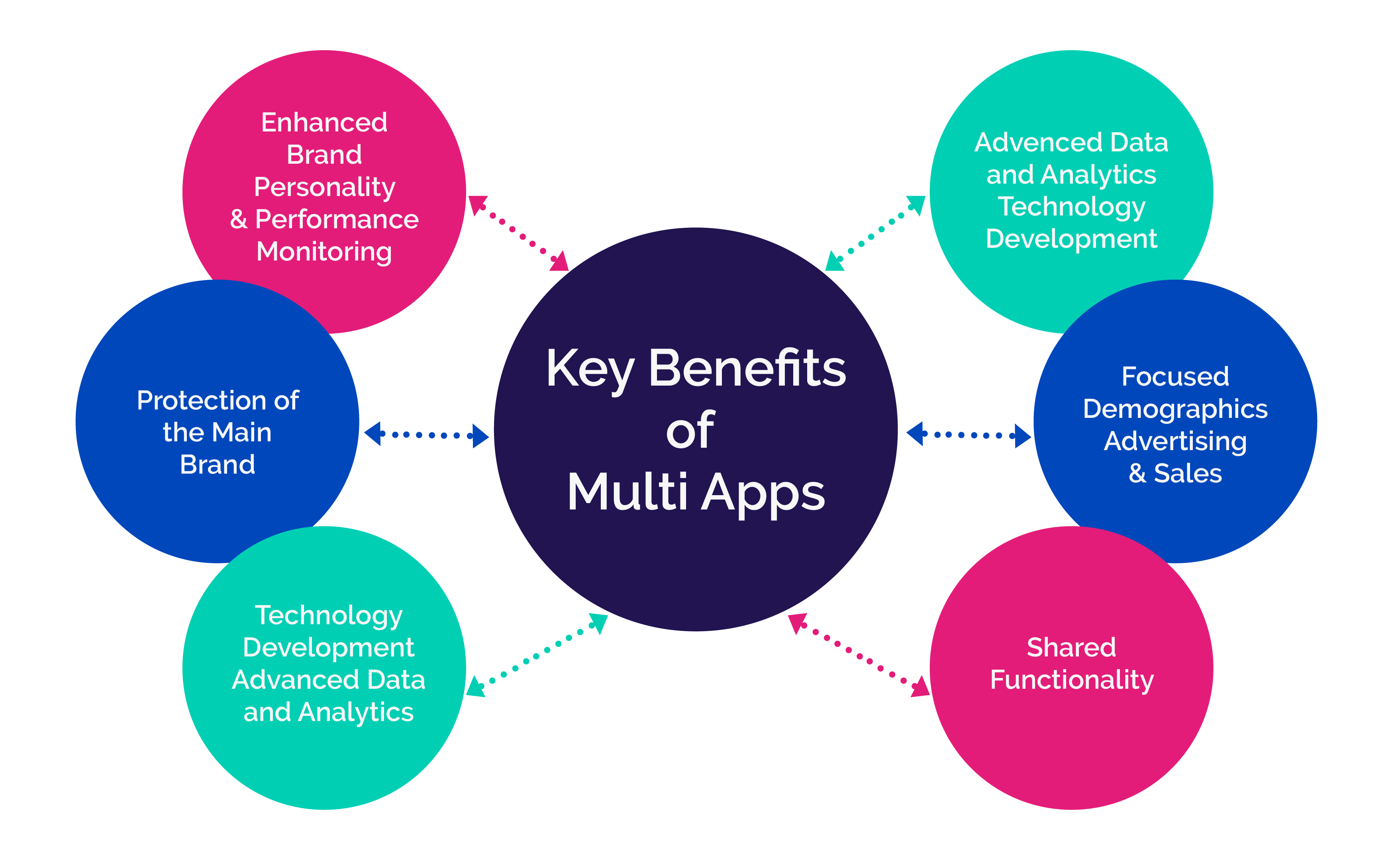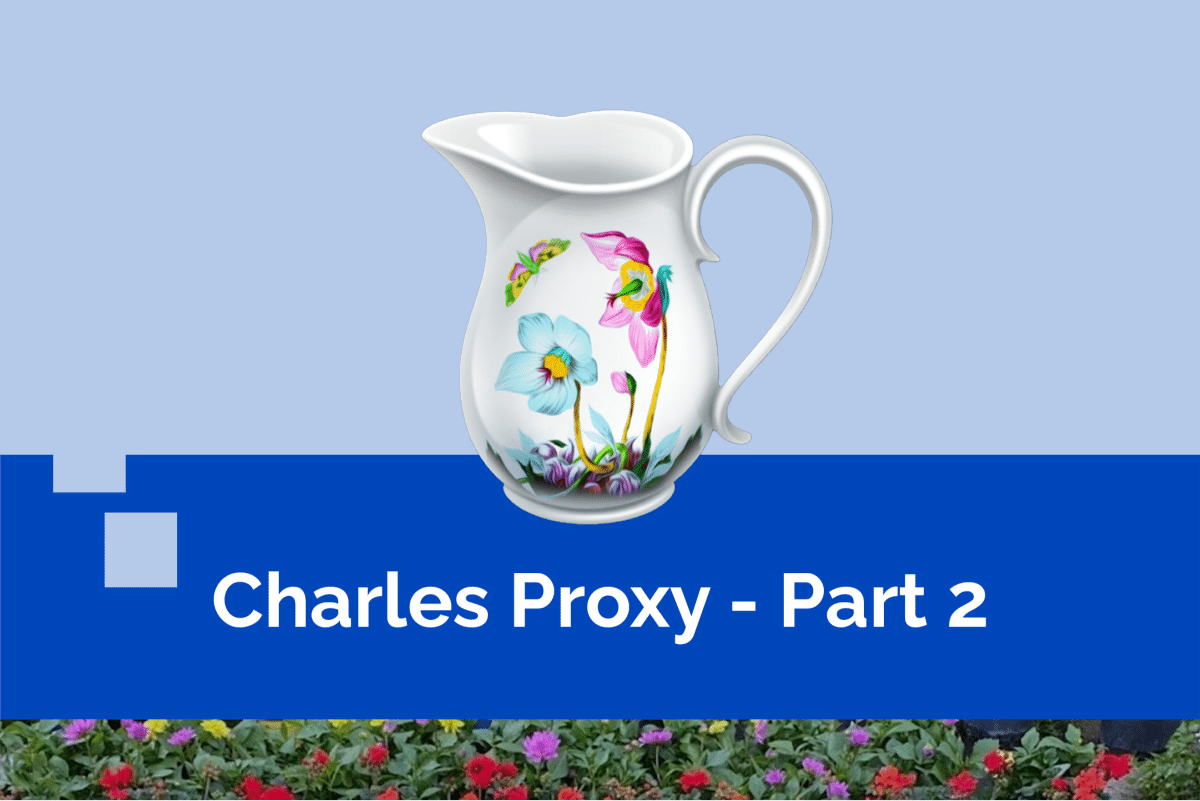Are super apps taking over the world? Super apps vs. Multi apps
Are super apps taking over the world? Super apps vs. Multi apps
Hong Kong, Manhattan, Knightsbridge, and Monaco do not have the most valuable real estate in the world. You have it in your pocket.
Depending on the display size of your smartphone, the home screen may hold up to 30 applications. More than two million applications compete for those spaces in Apple’s App Store and over 3.5 million on Google Play. The stakes are high: last year, consumers spent $143 billion on apps, using billions of hours of screen time, according to a recent research.*
It’s no surprise, therefore, that companies like Google or Facebook could be considering to become “super apps” — one-stop shops for a variety of services aimed at permanently embedding their app in your life.
Business app usage is at an all-time high. Companies usually install a suite of apps to handle the wide range of business cases that come with a fast-paced, digital-focused market. A new generation of “Super Apps” is now threatening the status quo by merging numerous functionalities into a single application.
For years, software suites like Google Workplace and Microsoft 365 have included many programs. Super Apps, on the other hand, offer to provide this multi-functionality from a single program.
The concept of a Super App is not new. Mike Lazaridis, the founder of Blackberry, first used it at the Mobile World Congress in 2010. He discussed possible Super Applications as platforms that may interface with other apps to give multi-functionality from a single location in his keynote speech.
After a decade, the Super App has matured into a single tool with multi-functionality that isn’t dependent on third-party interfaces and that has seamless integrations. Although this technology has several uses, including ride-hailing, food delivery, and entertainment, the most well-known is FinTech. And it’s here that the most prominent players may be found.
Let’s take a look at some examples of platforms that are using these Super Apps.
WeChat now has about 1.27 billion monthly active users and has come a long way since its inception as a chat service. The Chinese Super App now accepts in-app payments, a feature that has helped it become one of the most popular apps on the planet.
Users of WeChat may utilize mini-programs, which are additional apps within the WeChat ecosystem, to fulfil a variety of tasks ranging from eCommerce to business tools, transportation, and financial services. There are over 3 million mini-programs accessible right now.
Grab
Super App Grab is one of Southeast Asia’s most popular applications, with offices in Singapore and Indonesia. The software may be used for a variety of purposes. Food and grocery delivery, mail and document delivery, ride hailing, and, of course, financial services are among them. Insurance, cashless payments, and investments are among the items covered.
AliPay
In 2013, Alipay surpassed PayPal as the world’s largest mobile payment platform. Alipay had achieved 870 million users as of March 31, 2018. It is the world’s leading mobile payment service provider and the world’s second biggest payment service provider.
We’ve taken a look at Super Apps, so now let’s take a look at Multi Apps.
Using many focused applications with a specified set of features is referred to as a multi-app strategy. A multi-app approach is when a company sells many apps under one brand name. Businesses employ this method to better engage with and understand their customers. Businesses may use this method to have many modules functioning together by sharing diverse company resources.
Looking at this graph, we can see the notable advantages of Super Apps.

What is Multi-Application?
Using many focused applications with a specified set of features is referred to as a multi-app strategy. A multi-app approach is when a company sells many apps under one brand name. Businesses employ this method to better engage with and understand their customers. Businesses may use this method to have many modules functioning together by sharing diverse company resources.
Let’s take a look at some top names that use Multi Apps.
One of the finest examples of a multi-app approach is Facebook. Facebook used to have a separate application with all of the functions, including the messaging service. After learning that they were losing consumers to more feature-rich messaging services and applications, the corporation decided to modify their strategy.
Facebook separated the messaging functionality from the main app and developed Facebook Messenger as a distinct messaging brand. Sending and receiving messages, making calls, exchanging photographs and videos, and much more are all included in the program.
YouTube
YouTube is plausibly the most popular video platform on the web. The video service began its existence as a web-based PC service, letting anybody to post their works for everyone to see and enjoy. It was bought by Google in 2006 for around $1.6 billion. When smartphones became popular at the end of the 2000s, they were quickly followed by the advent of smart TVs and mobile apps, and their popularity skyrocketed. Recent reports show that 3 billion people across the world watch YouTube videos every month, with mobile devices accounting for over 70% of all views.
Of course, YouTube is much more than simply its main offering. YouTube Music, YouTube Premium, and YouTube TV are just a few of the items that Google has branded with the YouTube brand. Despite the fact that they all have the same brand, they have significantly diverse attributes.
Google is yet another excellent example of a multi-app strategy. Google is a huge platform that houses several well-known web services.
Beyond Google Search, the firm has quickly expanded to provide a wide range of goods and services, many of which are industry leaders. Email (Gmail), photo storage (Photo), cloud computing (Cloud), navigation (Maps), web browsing (Chrome), productivity (Workspace), operating systems (Android), cloud storage (Drive), language translation (Translate), video sharing (YouTube), video calling (Meet), smart home (Nest), smartphones (Pixel), wearable technology (Fitbit), gaming (Stadia), music streaming (YouTube Music), video on demand (TV).
Looking at this graph, we can see the notable advantages of Multi Apps.

Key Takeaways
Single-purpose apps are quicker and simpler to use & they take up less room on your home screen. Super-apps may also make data-driven choices and produce customer-focused solutions throughout the ecosystem by combining open financial data with technologies like artificial intelligence (AI) and machine learning (ML). Because customers are becoming increasingly concerned about privacy problems, being able to do so securely and safely is critical.
The super-app strategy, on the other hand, is squeezing as many functions as possible into a single unwieldy piece of software. On a mobile device, responsiveness and speed are critical. According to a research*, a 100-millisecond increase in the loading speed of a mobile ecommerce site increased conversions by 8% and increased consumer spending by 10%.
While there seems to be many advantages to moving towards Super Apps, there are still a number of companies reluctant to make the change. One valid argument made is that these Super Apps are designed to make it easier for the company, but not so easy for the customer. The Commencis’ Super Apps E-book that was recently made available has broken down all the pitfalls many companies face. Key areas the report focuses on are the advantages for the customer and the company alike. The report also shows the featured Super Apps. No matter whether your business is in the east or west, Super Apps are on the rise, and you’ll need to get ahead.
You can download the e-book here.
*App Annie
*Deloitte
Reading Time: 5 minutes
Don’t miss out the latestCommencis Thoughts and News.




